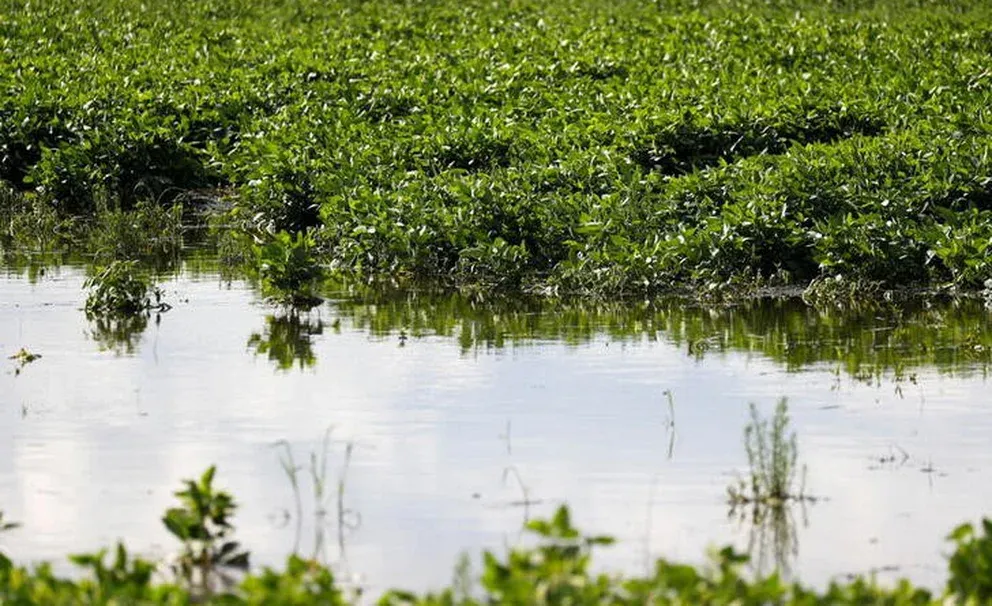
Forecasts of high temperatures and little rain are increasing nervousness among agricultural producers in Argentina, which in recent weeks has seen forecasts for its soybean and corn harvests fall repeatedly and severely due to adverse weather, sector specialists said on Tuesday. .
Argentina is the world’s leading exporter of soybean oil and meal, and the second of corn. But a severe drought between December and the first half of January led to significant losses in Argentina’s two main crops.
While rains in the middle of last month brought relief and hope of an improvement in the weather pattern, the rainfall since then has been much lower than expected and with temperatures expected to be around 40 degrees Celsius for the next few days, followed by little rain, fears grow.
In important parts of the Argentine agricultural nucleus “the situation is very complicated and the truth is that what they tell us about possible ten days without water is going to be critical. There is a lot of nervousness, a lot of concern,” said Cristian Russo, head agronomist at the Rosario Stock Exchange (BCR).
The BCR has made drastic cuts in its production estimates. Last month it lowered its estimates for the 2021-2022 soybean and corn crops, respectively, by five million and eight million tons, due to the drought in December and January.
It currently forecasts the soybean harvest at 40.5 million tons and the corn harvest at 48 million tons. However, last week he warned that the current campaign is heading towards the 2017-2018 cycle, when soybean production was 35 million tons.
“We are facing a persistence of the La Niña event and a (austral) summer that continues to be complicated,” said independent meteorologist Leonardo De Benedictis, referring to the climatic phenomenon that causes the volume of rains to fall in central Argentina.
De Benedictis predicts temperatures of up to 37 degrees Celsius for Tuesday and Wednesday in Argentina’s agricultural heartland, where, except for the westernmost regions, rainfall has been almost non-existent since mid-January and the state is dry.
The warm days would be followed by the entry of a cold front from the south, which would generate some instability. However, the meteorologist specialized in agriculture pointed out that “it will be more the illusion of water than the water itself”, with volumes below 10 mm where precipitation occurs.
“These are two key weeks to define the first and second-class soybeans,” Russo explained, adding that in the coming weeks the yields of second-class corn from Córdoba, the main corn-producing province in Argentina, are also at stake.
The conditions also affect other countries in the region. On Friday, the Paraguayan government said that its 2021-2022 soybean harvest could register a loss of up to 50%, with a harvest of ten million tons, due to drought.
Meanwhile, like other specialists, De Benedictis believes that, despite what was presumed just a month ago, the La Niña phenomenon would continue to hit the Argentine fields until the beginning of the southern autumn, at the end of March.
“The change in conditions is not expected until the arrival of autumn. There are forecasts of a system of instability that leaves some general water by the end of February, but we could only see a structural change in the atmosphere at the end of March or beginning of April”, explained De Benedictis.
Source: Gestion
Ricardo is a renowned author and journalist, known for his exceptional writing on top-news stories. He currently works as a writer at the 247 News Agency, where he is known for his ability to deliver breaking news and insightful analysis on the most pressing issues of the day.












